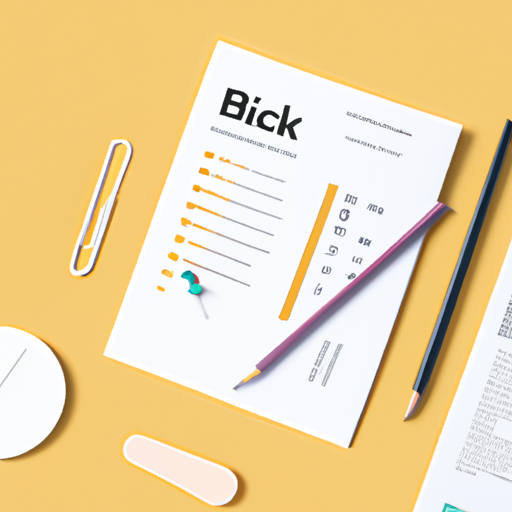Understanding Hyperhidrosis On The Face
Hyperhidrosis on the face, also known as craniofacial hyperhidrosis, is more common than you might think.
Many people struggle with excessive sweating on their face and head, making social interactions awkward and often leading to a significant drop in self-esteem.
But why does this happen?
What can be done to manage it effectively?
We’ll dive into these questions and explore several options for treating and living with facial hyperhidrosis.
What Is Craniofacial Hyperhidrosis?
Craniofacial hyperhidrosis refers specifically to excessive sweating on the head and face.
This condition can cause individuals to sweat too much from their head, even in cool weather or without physical exertion.
The primary characteristic is an overproduction of sweat that goes beyond what is necessary for thermoregulation.
Imagine being in a comfortable room but finding yourself constantly wiping your forehead or cheeks due to persistent moisture. It’s not just uncomfortable; it often feels embarrassing.
Causes Of Facial Hyperhidrosis
While the exact causes of craniofacial hyperhidrosis remain unclear, there are some known contributing factors:
– Genetics: If you have family members who have experienced similar symptoms, you might be more likely to develop the condition.
– Medical Conditions: Certain health issues like thyroid problems or diabetes can trigger excessive sweating.
– Lifestyle Factors: High levels of stress or consuming spicy foods may exacerbate forehead sweating.
– Nervous System Disorders: Issues with the autonomic nervous system can lead to overactive sweat glands.
Understanding the underlying causes is crucial for finding effective treatments and managing this condition day-to-day.
Symptoms Of Hyperhidrosis On The Face
The most apparent sign of facial hyperhidrosis is noticeable and frequent sweating too much on your face.
However, other symptoms might include:
– Persistent moisture on the forehead.
– Wet hairline due to scalp sweat.
– Dripping sweat from the chin or cheeks even when resting.
These symptoms can significantly disrupt daily activities and impact social interactions due to embarrassment or discomfort.
Imagine sitting in a business meeting or attending a social gathering while constantly worrying about visible beads of sweat forming on your face. It’s not just physically uncomfortable but mentally taxing as well.
Management And Treatment Options
Now that we’ve explored what craniofacial hyperhidrosis is and its causes, let’s look at how you can manage it effectively. From lifestyle changes to medical treatments, there are numerous ways you can tackle this challenging condition.
Lifestyle Adjustments
Sometimes small changes can make a big difference. Here are some tips:
– Stay Cool: Use fans or stay in air-conditioned environments whenever possible.
– Avoid Triggers: Identify foods or situations that make your symptoms worse and try to avoid them.
– Stress Management: Engage in relaxation techniques such as meditation or yoga which can help reduce stress-induced sweating too much from your head.
These adjustments won’t eliminate facial hyperhidrosis entirely but they can certainly help minimize its effects and improve your quality of life.
Over-The-Counter Solutions
There are various over-the-counter products designed specifically for managing excessive sweating:
– Antiperspirants: Specially formulated antiperspirants for the face can help reduce moisture levels effectively.
– Absorbent Pads Or Wipes: These products are discreetly designed for easy application throughout the day if needed.
While these solutions provide temporary relief, they might not be sufficient for everyone struggling with severe symptoms of facial hyperhidrosis.
In such cases, more robust interventions may be necessary.
Advanced Treatments For Facial Hyperhidrosis
If lifestyle changes and over-the-counter products aren’t enough, there are several advanced treatment options available:
Prescription Medications
Several prescription medications target excessive sweating:
– Anticholinergics These drugs work by inhibiting nerve signals responsible for activating sweat glands.
However, they come with potential side effects like dry mouth or blurred vision so it’s essential always consult with healthcare providers before starting any new medication regimen.
Botox Injections
Botox injections have become increasingly popular as an effective treatment option:
Botox works by temporarily blocking chemical signals from nerves responsible for activating sweat glands hence reducing perspiration levels significantly.
Although highly effective botox injections need regular follow-ups every few months maintain results.
It’s important consult qualified medical professionals experienced administering botulinum toxin injections ensure best outcomes possible without complications arising afterward.
Remember Botox isn’t one-size-fits-all solution careful consideration necessary determine suitability individual cases based severity other factors involved concurrently present person afflicted.

